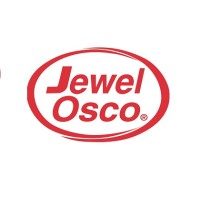
Frasers Group
Frasers Group started as a small store in Maidenhead in 1982 and from there, grew to become a global powerhouse. We are now a collection of the world’s most iconic brands including Sports Direct, Flannels, GAME, Jack Wills, Sofa.com, Evans Cycles, USC, and Everlast. We believe the higher the risk, the greater the reward. We’ve never been afraid to strive forward and change the way the industry operates, diversifying our portfolio and elevating stores. We’re pushing the boundaries of traditional retail environments; future-proofing our business and improving product access to create a shopping environment that will be fit for purpose for many more years to come. We’re not sitting back – there’s no room for hesitation.






